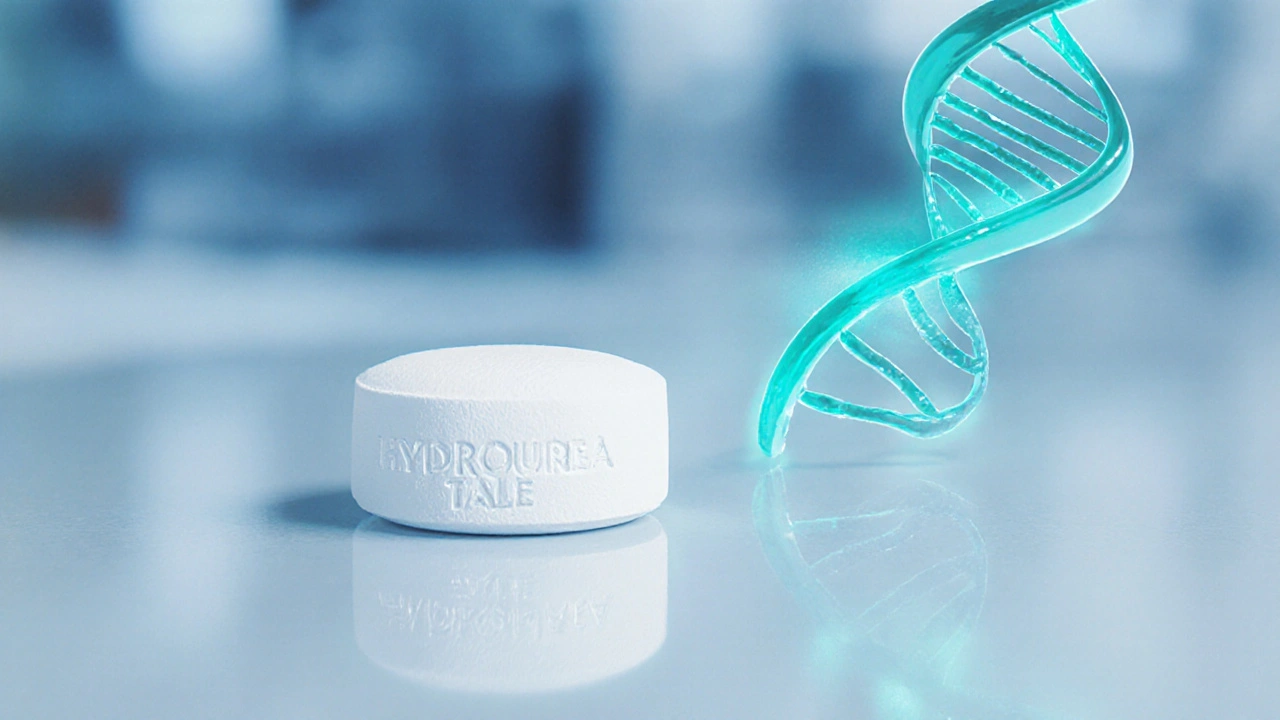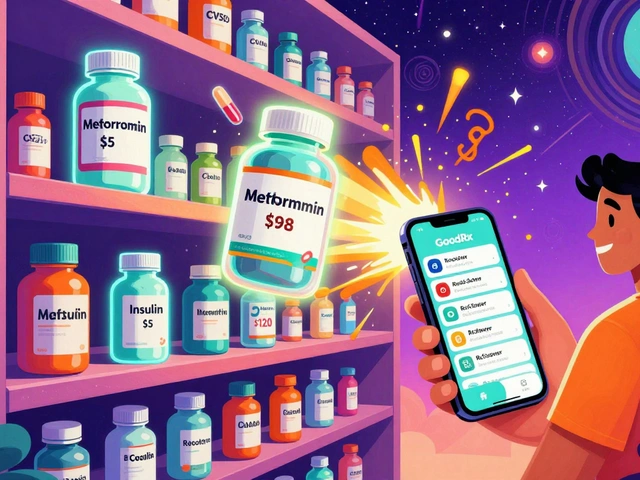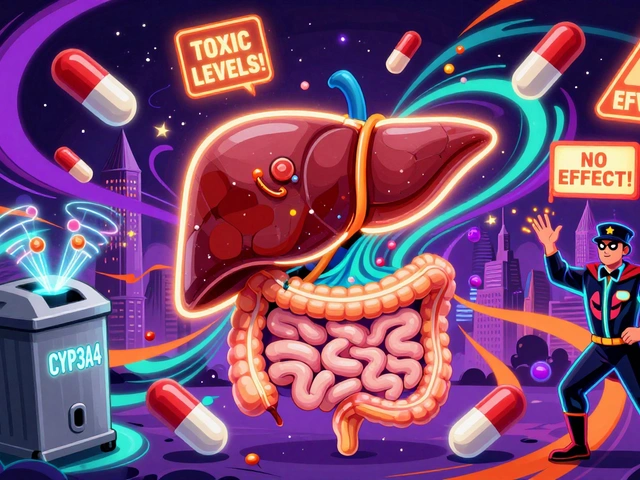Sickle Cell Treatment Options: A Practical Overview
When you read about sickle cell treatment options, the range of medical choices used to control pain, prevent complications, and aim for a cure. Also known as Sickle Cell Therapy, these options bridge everyday symptom relief and long‑term disease modification. sickle cell treatment options encompass medication, blood management, and emerging genetic approaches.
Core therapies and how they fit together
One of the most widely prescribed drugs is hydroxyurea, an oral medication that boosts fetal hemoglobin to reduce sickling events. Hydroxyurea reduces pain crises and hospital stays, making it a cornerstone for many patients. Another pillar is blood transfusion therapy, regularly replacing sickled red cells with healthy donor cells to lower stroke risk. Transfusions support organ health while other treatments take effect.
For those seeking a potential cure, gene therapy, advanced techniques that edit or replace the faulty hemoglobin gene is gaining traction. Clinical trials show patients can achieve near‑normal hemoglobin levels after a single infusion. Complementing gene work, bone marrow transplant, the only established curative procedure that replaces the entire blood‑forming system remains a high‑risk, high‑reward option for suitable donors.
Beyond these big players, pain management strategies, including NSAIDs, opioids, and non‑pharmacologic methods like hydration and heat therapy are essential for daily quality of life. Pain control directly improves school attendance and work productivity, which is why clinicians blend meds with lifestyle advice.
All these therapies interact in predictable ways. For example, hydroxyurea lowers the frequency of transfusions needed, while successful gene therapy can eventually eliminate the need for chronic pain meds. Understanding these relationships helps patients and providers craft a personalized plan that balances effectiveness, safety, and cost.
Recent research also highlights the role of supportive care. Nutrition, regular exercise, and mental‑health counseling reduce crisis triggers and boost response to medical treatment. Combining supportive care with pharmacologic and curative options creates a comprehensive approach that tackles sickle cell from all angles.
The collection below pulls together in‑depth looks at specific drugs, comparative studies, and emerging therapies. Whether you’re comparing hydroxyurea to newer agents, weighing transfusion schedules, or curious about the latest gene‑editing trials, these articles give you the facts you need to make informed choices.
Ready to dive into the details? Below you’ll find practical guides, side‑by‑side comparisons, and real‑world tips that translate the science into everyday decisions.
Hydroxyurea vs Alternatives: Which Drug Fits Your Treatment Needs?
A clear comparison of Hydroxyurea with its main alternatives for sickle‑cell disease and CML, covering efficacy, side‑effects, cost and how to choose the right option.





